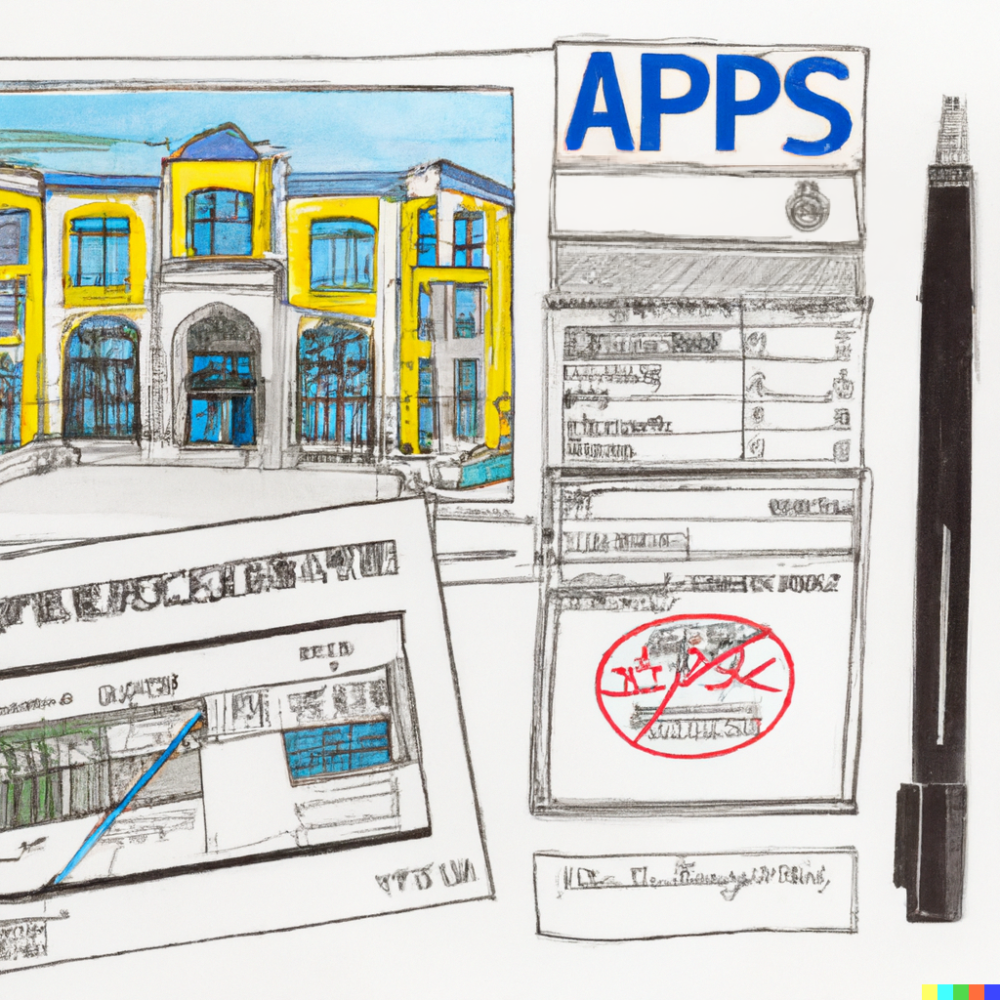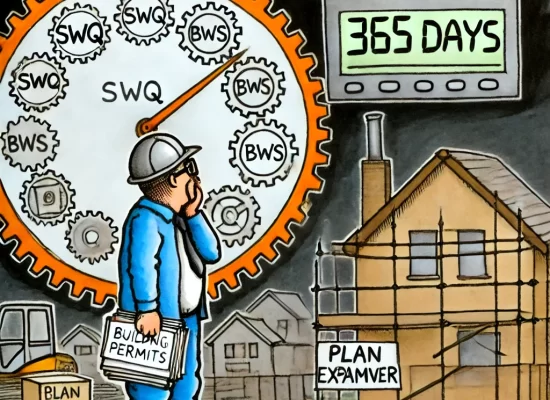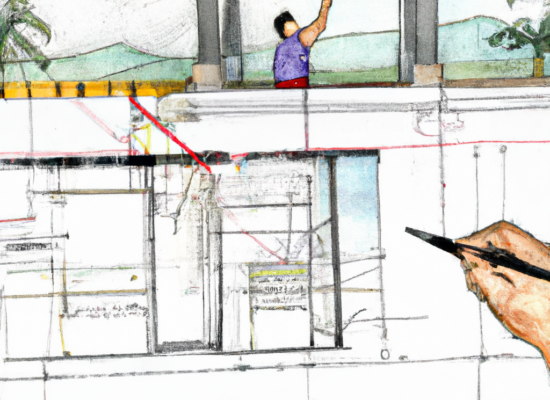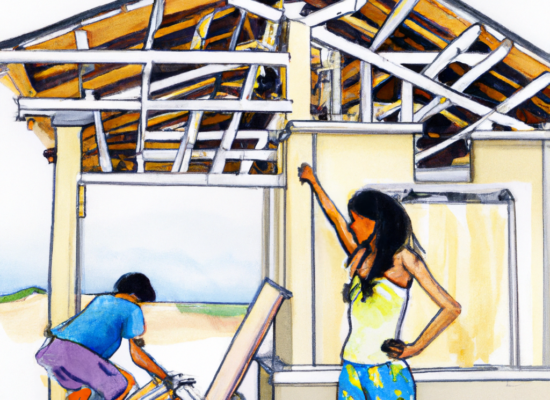If you’re a homeowner or small business owner in Hawaii, you’ve probably heard some horror stories about getting a building permit. Endless paperwork, missed deadlines, and unexpected fees can make the process seem overwhelming. However, with a little forethought, you can avoid many of the hassles and make the process much smoother.
Here are some tips to help you navigate the building permit process in Hawaii:
Be Thorough
The first and most important tip is to be thorough. This means ensuring that your application is complete and contains all the necessary information. Plans should be drawn accurately, with all details included, so that the reviewer can make methodical remarks at the beginning of the process, minimizing delays and unforeseen difficulties. Make sure you have all the required documents and information ready before submitting your application to avoid any unnecessary delays.
Make Use of the Internet
The City & County of Honolulu Department of Planning and Permitting (DPP) has resources available online, including a checklist that clearly outlines the conditions for residential and commercial building permit applications. You can visit http://honoluludpp.org to access these resources. The website also offers an online system to compute fees and submit license applications. It shows in real-time what customer number is being served in the city’s building permit centers in Honolulu and Kapolei.
Know Your Limitations
If you’re planning a large-scale project, it’s best to engage a licensed engineer or an architect. Sometimes people draw their own plans on graph paper or folder paper, in pencil, not even using a straight edge. They think they’re planning to submit those plans, but those plans will get rejected at the desk. Something that might look straightforward, such as a plan for a small retaining wall, will most likely require a stamp and calculations from a licensed engineer. It’s important to understand your limitations and seek professional help when needed.
Hire a Professional
Small business owners and homeowners often have a drafter draw their plans, and not an architect, to save money. While there are several good designers and draftsmen in Hawaii that can do this, sometimes the drawings are less than adequate. Architects and architecturally trained draftsmen are the most knowledgeable about the building codes, which may differ by county.
Homeowners often think they do not have the time or the money to hire a professional, so they do the design and permitting themselves. But a hastily prepared plan and lack of experience with the City and County will likely result in a lot of comments on the plans and application from the intake clerk and reviewers, resulting in more delays and extra time spent trying to make the corrections. This often means the plans go back to the owners with much to fix before submitting again. That review and correction cycle will go on as long as there are unanswered questions, and that is when things get held up.
In conclusion, getting a building permit in Hawaii doesn’t have to be a nightmare. By being thorough, using the internet to your advantage, understanding your limitations, and hiring a professional when needed, you can navigate the process smoothly and efficiently. As a professional residential designer in Hawaii, I’ve worked in the owner-builder design niche for over thirty years and strive to offer my clients useful tips about how to generate a better experience while getting your permit and making it easier for homeowners who have never done it before. So, take a deep breath, do your research, and be prepared, and you’ll be on your way to getting your building permit without any unnecessary hassles.
 Copyright secured by Digiprove
Copyright secured by Digiprove 



